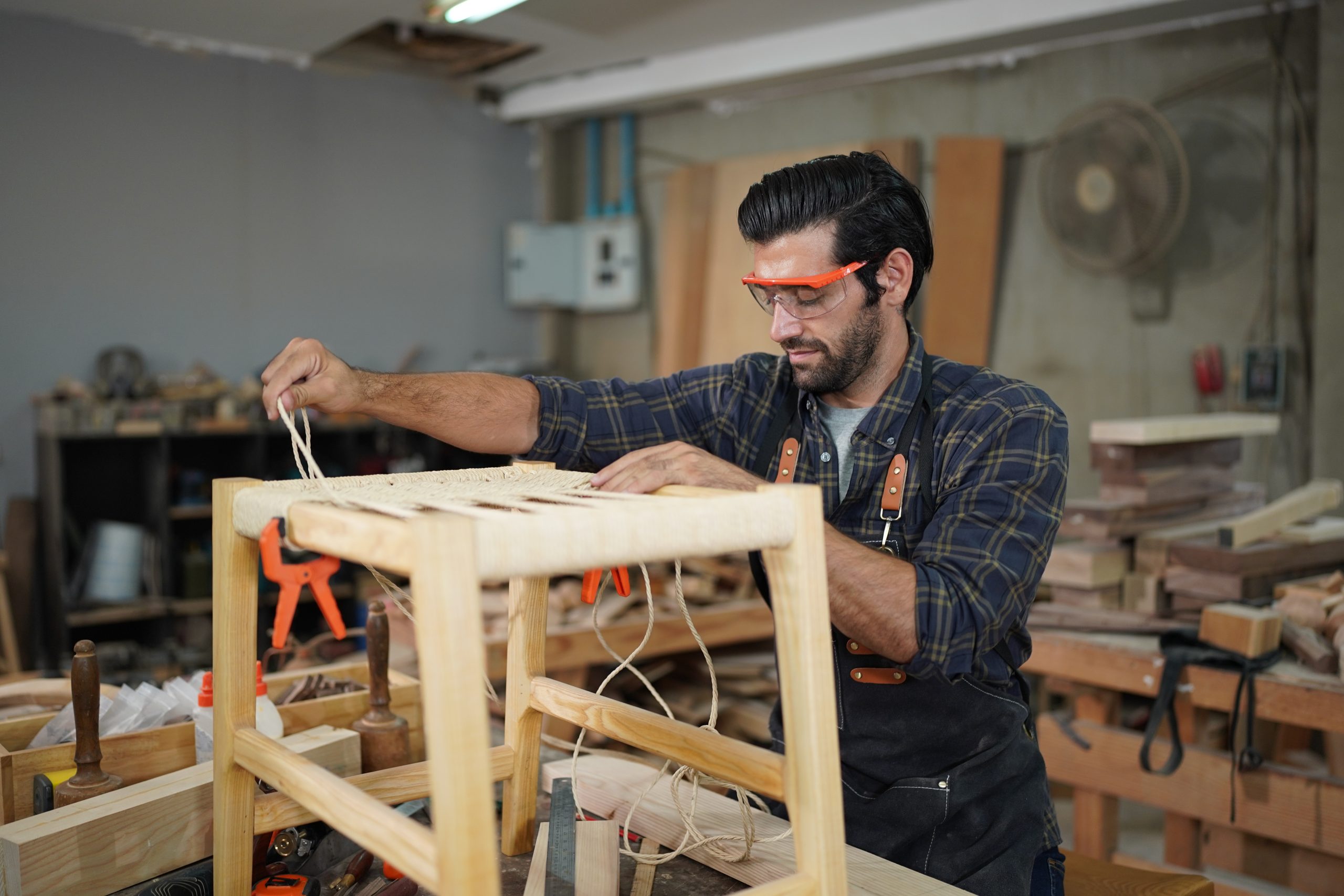The Amish community, renowned for its deep-rooted traditions and meticulous craftsmanship, has long been celebrated for furniture that embodies durability, functionality, and timeless beauty. However, as the world progresses into the modern era, Amish furniture-making has not remained untouched by the tides of change. This evolution is a testament to the adaptability of Amish craftsmen, who have skillfully balanced the preservation of their heritage with the integration of new techniques and consumer preferences. This exploration discusses the historical techniques that remain in modern Amish furniture, contemporary adaptations evident in their work, market trends influencing design, and the balance of artisan skills and automation.
What Historical Techniques Remain in Modern Amish Furniture?
Despite the influx of modern innovations, the core of Amish furniture craftsmanship still revolves around historical techniques that have been passed down through generations. Techniques such as mortise and tenon joinery, dovetailing, and hand planing are staples in the creation of Amish furniture, revered for their contribution to the strength, stability, and beauty of each piece. These methods, time-tested and proven, continue to be the foundation upon which Amish furniture is built, ensuring that each item not only serves its purpose but does so for generations.
The use of solid wood, another hallmark of traditional Amish craftsmanship, remains prevalent. This choice is not merely aesthetic but a commitment to durability and quality. Wood types like oak, cherry, and maple are selected for their longevity and beauty, treated with natural finishes that enhance rather than conceal their innate characteristics.
How Is Contemporary Adaptation Evident in Amish Furniture?
Contemporary adaptation in Amish furniture is evident in the subtle but significant shifts in design and functionality that address modern lifestyles. While the essence of simplicity and utility remains, there’s a growing incorporation of features that cater to today’s needs. This includes the integration of technology-friendly designs, such as desks with built-in cable management systems and entertainment units designed to house modern electronics seamlessly.
The aesthetic of Amish furniture has also evolved, with craftsmen introducing cleaner lines and more minimalist designs that align with contemporary décor trends. This evolution does not detract from the traditional appeal of Amish furniture but rather expands its versatility, making it a fit for a variety of interior styles.
What Market Trends Are Influencing Amish Furniture Design?
Several market trends are significantly influencing Amish furniture design, guiding craftsmen as they navigate the balance between tradition and modernity. The rise of minimalism and the demand for multifunctional spaces have led to designs that are both aesthetically pleasing and highly practical. Amish craftsmen have responded by creating pieces that embody simplicity and functionality, without unnecessary embellishment.
Sustainability is another critical trend shaping Amish furniture design. Today’s consumers are increasingly conscious of their environmental impact, seeking out furniture that is not only durable but also sustainably produced. The Amish community’s long-standing commitment to using renewable resources and eco-friendly practices positions them well within this trend, reinforcing the desirability of their furniture in a market that values sustainability.
How Does Amish Furniture Balance Artisan Skills and Automation?
The balance between artisan skills and automation in Amish furniture-making is a delicate one. While traditional craftsmanship remains at the heart of their work, there is a recognition that certain technologies and machinery can enhance efficiency and precision without compromising the integrity of the final product. Amish craftsmen carefully approach automation, utilizing equipment for tasks that do not diminish the artisanal value of their furniture, such as sawing lumber or rough planing.
However, the core elements of Amish furniture-making – joinery, finishing, and detailing – continue to be performed by hand. This ensures that each piece retains the unique touch of the craftsman, a feature that machines cannot replicate. The combination of selective automation and skilled handcrafting allows Amish furniture to maintain its renowned quality while meeting the demands of modern production.
Conclusion
The evolution of Amish furniture techniques in adapting to the modern era is a compelling narrative of balance, innovation, and unwavering commitment to craftsmanship. By embracing contemporary adaptations and responding to market trends, while steadfastly preserving their historical techniques and values, Amish craftsmen ensure their furniture remains relevant, desired, and respected. This journey of adaptation not only secures the future of Amish furniture-making but also enriches it, offering pieces that bridge the past and present with grace and durability. As we continue to witness the evolution of Amish furniture, it becomes increasingly clear that the essence of Amish craftsmanship – characterized by an unwavering dedication to quality and sustainability – is timeless, transcending trends and eras.

